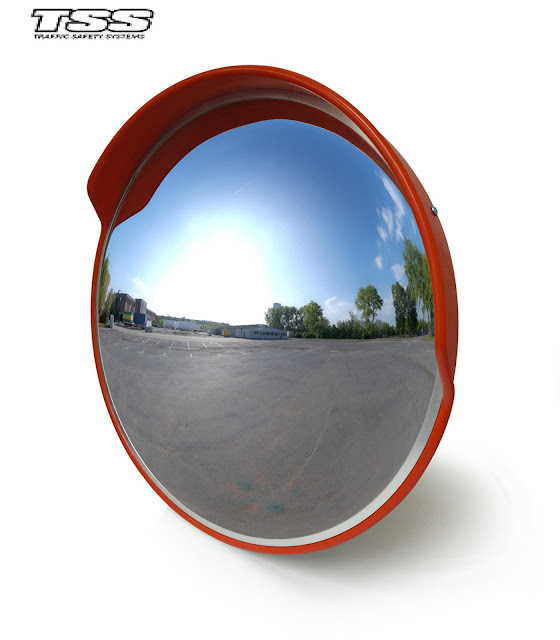5 Core Advantages to Understanding the Convex Mirror
Convex mirrors, also known as diverging mirrors, have unique properties that make them essential in various settings. These mirrors have a reflective surface curved outward, resembling a portion of the outer surface of a sphere.
While they might not offer the same level of detail as flat or concave mirrors, convex mirror have distinct advantages that make them invaluable in certain applications. In this article, we will explore the five core advantages of convex mirrors and delve into their practical uses in different scenarios.
Fundamental Benefits of Convex Mirror
Convex mirrors offer several fundamental benefits, making them valuable in various applications. Understanding these fundamental benefits helps individuals and organisations leverage convex mirrors for practical and effective solutions in different environments.
Wide View
One of the primary advantages of convex mirrors is their ability to provide a wide field of view. Due to their curved shape, convex mirrors can capture a larger area than other types of mirrors.
By strategically placing convex mirrors, a single mirror can provide a comprehensive view of an entire area, eliminating blind spots and increasing safety. This wider field of view allows observers to monitor activities and detect potential hazards more effectively.
Enhanced Safety
Convex mirrors play a pivotal role in enhancing safety and security in numerous environments. Convex mirrors are commonly used as traffic mirrors to minimise accidents and improve road safety.
Moreover, convex mirrors are often installed in retail stores and banks to deter shoplifting and monitor suspicious activities. Their reflective surface enables employees to observe a larger portion of the store or facility, discouraging potential theft and increasing overall security.
Cost Effective
Convex mirrors are typically less expensive to manufacture due to their curved shape and the materials used. This makes them an affordable alternative for businesses and organisations that require mirrors in large quantities, such as parking garages, factories, and retail establishments.
Maintenance
Convex mirrors are incredibly easy to install and maintain, making them highly convenient in a range of applications. These mirrors are typically lightweight, allowing for quick and hassle-free installation. They can be mounted on various surfaces, including walls, posts, or poles, depending on the desired location and purpose.
Their curved shape minimises the accumulation of dust, water, or debris, resulting in fewer instances of cleaning or maintenance. This factor contributes to both time and cost savings for businesses and organisations.
Versatility
The versatility of convex mirror makes them suitable for a wide range of applications. Apart from traffic management and security purposes, convex mirrors find utility in various industries and settings. They are commonly used in parking facilities to assist drivers in navigating tight spaces and avoiding collisions.
Additionally, convex mirrors are employed in industrial settings to monitor production lines, ensuring efficient workflow and identifying potential bottlenecks. They also serve as safety mirrors in warehouses, enabling workers to observe their surroundings and prevent accidents involving moving machinery.
Final Words
Convex mirrors offer unique advantages that make them indispensable in certain situations. Their wide view, enhanced safety, cost-effectiveness, maintenance, and versatile applications all contribute to their widespread use across different industries. As technology advances, it is likely that convex mirror will continue to play a crucial role in improving safety, security, and convenience for businesses and individuals alike.




Comments
Post a Comment